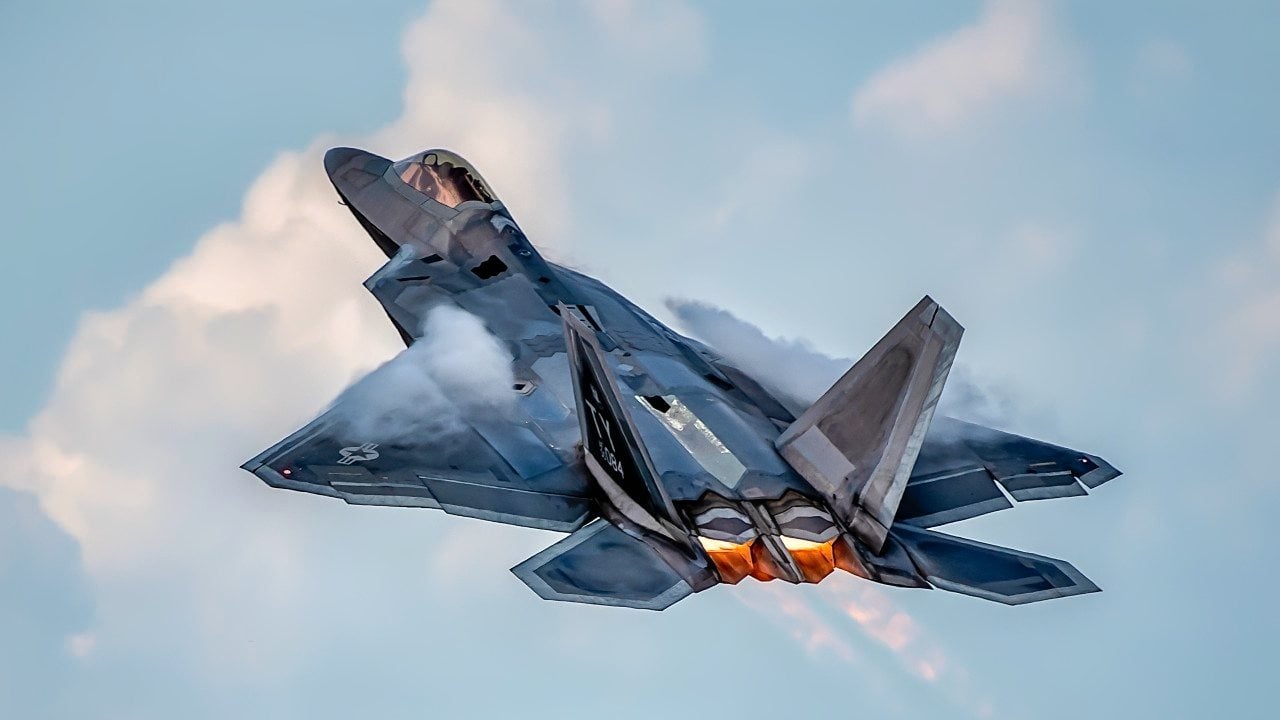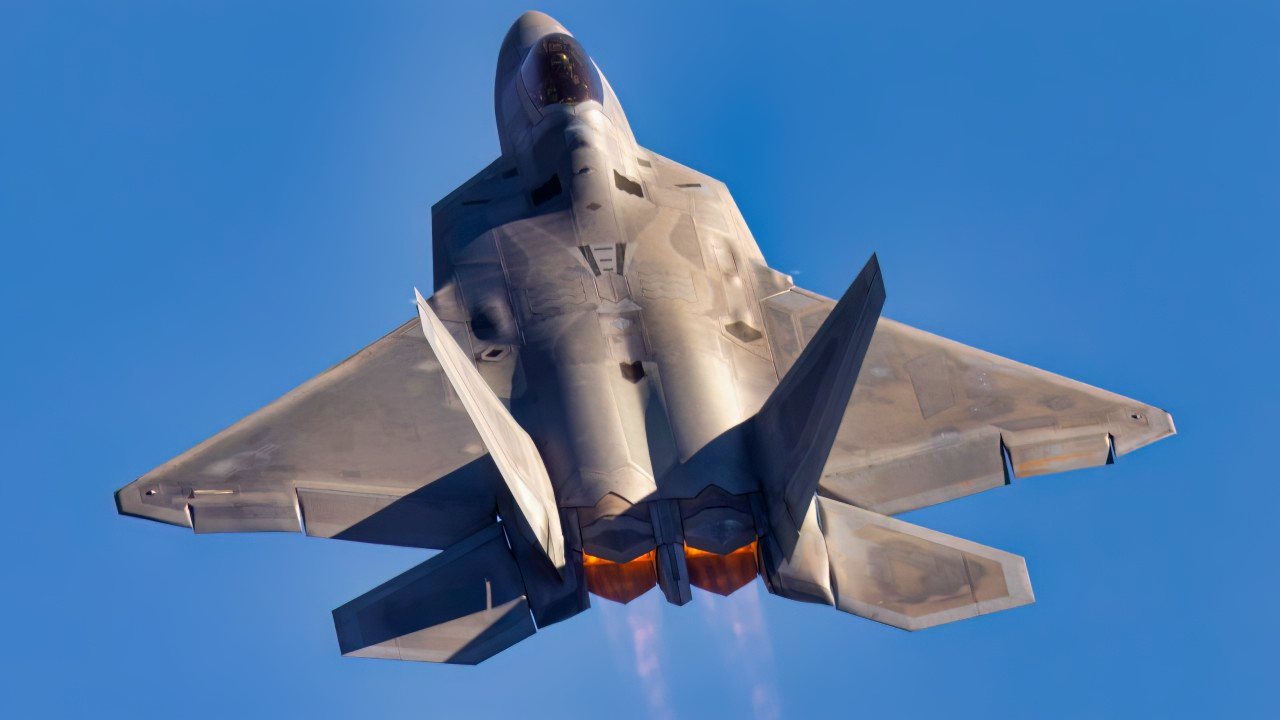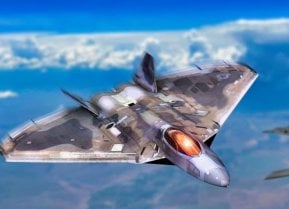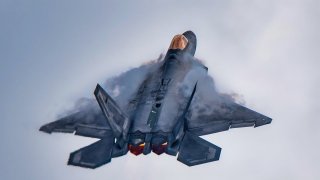NGAD Means the F-22 Raptor Fighter Must Fly Into the History Books
With the Next Generation Air Dominance (NGAD) program taking off, which will produce a sixth-generation stealth fighter jet to replace the F-22, the days of the Raptor are numbered.
Since 2005, the F-22 Raptor fighter jet has been dominating the skies.
The first fighter jet in the world to become operational, the F-22 Raptor revolutionized air warfare and paved the way for future stealth aircraft like the F-35 Lighting II.
The F-22 Raptor is an air superiority multi-role fighter jet. Its main role over the battlefield is to dominate the skies and ensure that enemy aircraft can’t fly.
To achieve that outcome, it relies on a combination of stealth, agility, and advanced sensors. However, the fighter jet can also conduct air-to-ground operations if necessary.
All seemed to be going fine for the fifth-generation fighter jet when the Pentagon decided to shut down the production line in 2011. By the time the military leadership decided to stop the production of the F-22, the Air Force had received 186 Raptors.
Since 2011, that number has steadily dwindled. Operational demands and accidents have cut the number of operational F-22 Raptors to less than 100.
With the Next Generation Air Dominance (NGAD) program taking off, which will produce a sixth-generation stealth fighter jet to replace the F-22, the days of the Raptor are numbered.
Sunset Falling Over the F-22 Raptor
Although the F-22 Raptor entered service in 2005, its design began way back in the 1980s, and the aircraft made its maiden flight in 1997. We’re talking about a fighter jet that's almost 30 years old. Considering the advances in technology since the last F-22 left the production line, it’s natural that the aircraft will need upgrades to remain operational.
But those upgrades and the maintenance of the aircraft present some obstacles.
In terms of upgrades, the Air Force has to spend a large sum to ensure the aircraft will still be competitive in a potential future conflict with a near-peer adversary. Weapon systems have become more advanced, as well as adversary radars.

To operate the F-22 Raptor until 2030, when the Air Force expects to have the first NGAD stealth fighter jets ready, will cost more than $9 billion, or more than the cost of a brand new Columbia-class ballistic missile submarine or almost the cost of a brand new Ford-class aircraft carrier. For these upgrades, the Air Force expects to spend $4.1 billion to enhance the sensors of the F-22 Raptor and close to $2.5 billion to maintain the aircraft.
Moreover, the closed production line makes maintenance of the F-22 Raptor that much harder. But it also makes it that much more expensive than it normally would. Every hour of F-22 flight costs the American taxpayer almost $70,000! The Air Force has to steadily retire older aircraft so that it can cannibalize them for spare parts to ensure that the newer fighter jets can remain operational.

As an interesting side note, the F-22 Raptor is one of the few combat aircraft that the U.S. military never exported, despite persistent calls from allies and partners, including Israel, to buy the fighter jet. The Congress declined to preserve the Raptor’s classified advanced technology.
About the Author
Stavros Atlamazoglou is a seasoned defense journalist specializing in special operations and a Hellenic Army veteran (national service with the 575th Marine Battalion and Army HQ). He holds a BA from Johns Hopkins University and an MA from the Johns Hopkins School of Advanced International Studies (SAIS). His work has been featured in Business Insider, Sandboxx, and SOFREP. Email the author: [email protected].


